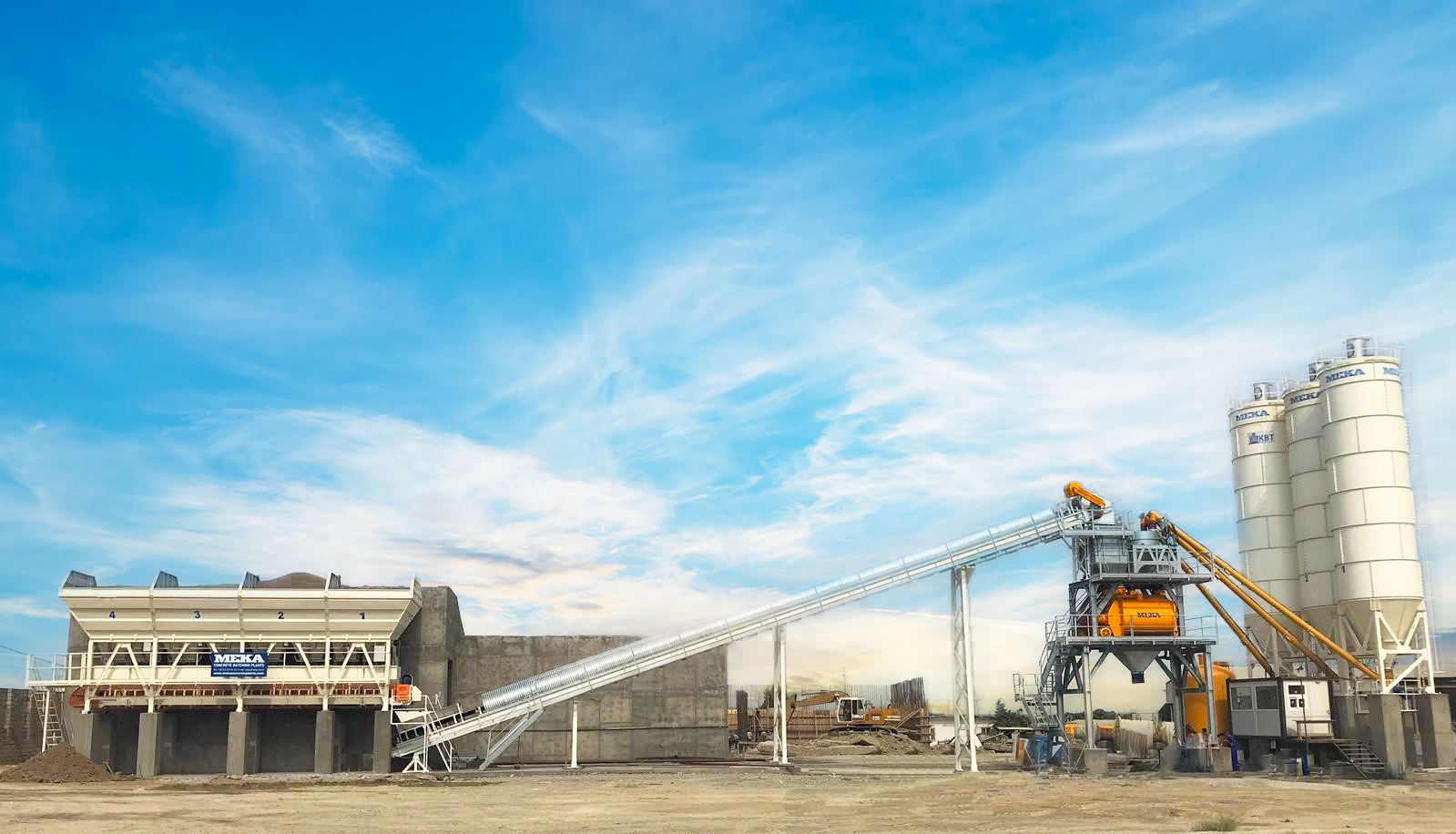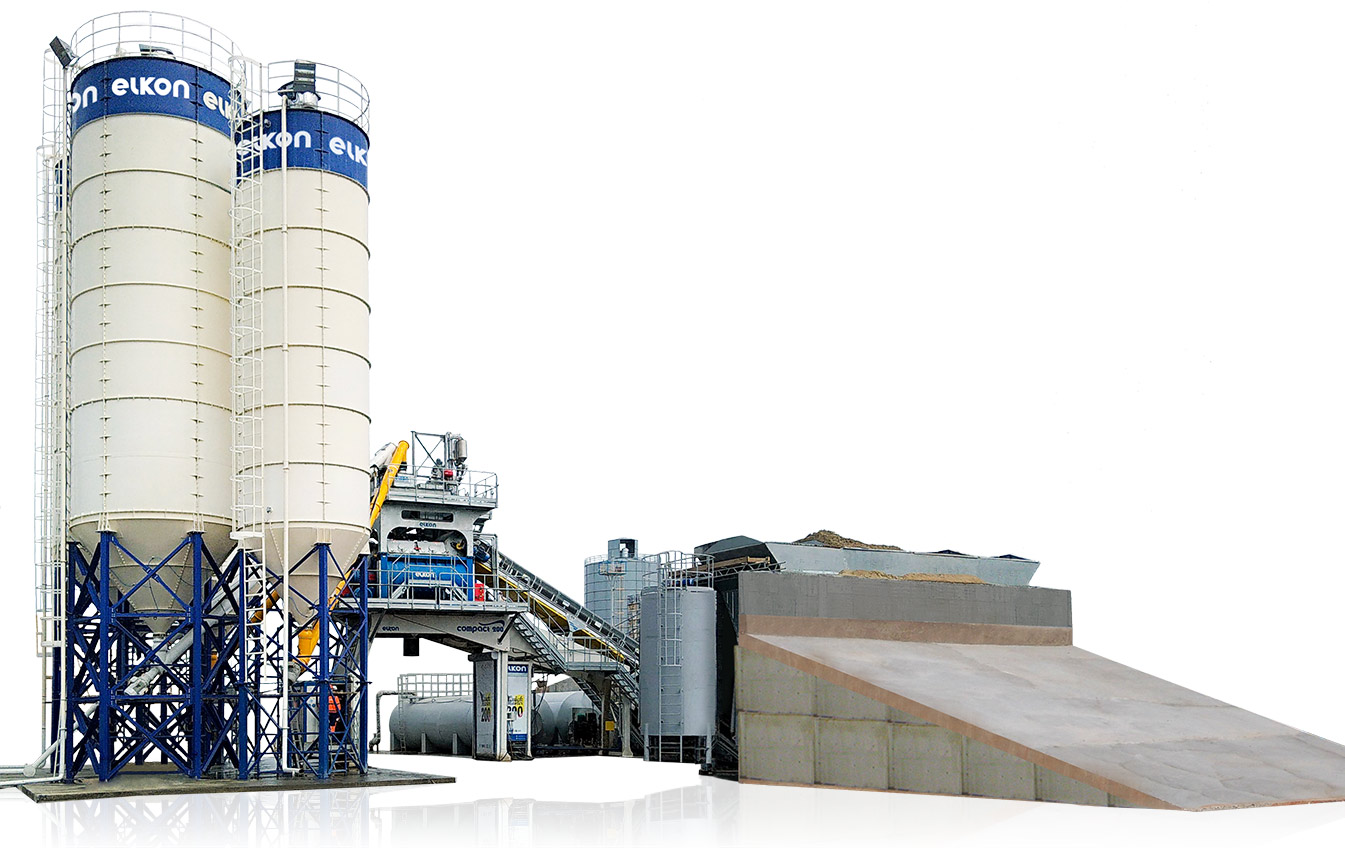Ever wondered how those massive construction projects get their seemingly endless supply of concrete? The secret lies in the mighty concrete batching plant, a marvel of engineering that churns out concrete like a well-oiled machine. But just how much concrete can these behemoths produce in an hour?
How Much Batching Plant Is Produced Per Hour? Understanding Concrete Output
Concrete: it’s the backbone of modern civilization. From skyscrapers to sidewalks, dams to driveways, this versatile material shapes the world around us. And at the heart of this concrete creation process lies the concrete batching plant. These plants are the unsung heroes of construction, responsible for mixing the raw ingredients – cement, aggregates, water, and sometimes admixtures – into the lifeblood of building projects. The crucial question, though, is: how much batching plant is produced per hour? Understanding this output is paramount for project planning, resource allocation, and ensuring your construction timelines stay on track.

What is Concrete Batching Plant Capacity?
Let’s start with the basics: what exactly is concrete batching plant capacity? Simply put, it’s a measure of how much concrete a plant can produce within a given time frame, usually expressed in cubic meters per hour (m³/h) or cubic yards per hour (yd³/h). However, there’s a crucial distinction to make: theoretical capacity versus actual output. Think of it like a car’s advertised top speed versus the speed you actually achieve in rush hour traffic. Theoretical capacity represents the maximum output a plant could achieve under ideal conditions – everything running smoothly, no hiccups, and perfect materials. Actual output, on the other hand, is the realistic amount of concrete produced in a typical working environment, accounting for real-world variables like material variations, operator skill, and inevitable downtime.
Another important point is that batching plants come in all shapes and sizes, just like construction projects themselves. You’ll find mobile batching plants, perfect for smaller or remote projects, and massive stationary plants that can supply concrete for entire city blocks. There are also continuous mixing plants, which produce a constant flow of concrete, and batch mixing plants, which produce concrete in discrete batches. Each type has its own capacity range, which we’ll explore later. So, when someone asks, “How much batching plant is produced per hour?”, the answer is rarely simple. It’s a bit like asking, “How fast can a car go?” It depends on the car!

What Factors Influence How Much a Batching Plant Produces Per Hour?
Now, let’s get to the nitty-gritty: what are the key factors that influence how much a batching plant produces per hour? Think of it as a complex equation with multiple variables, all playing a crucial role.
How Plant Size Impacts Hourly Output
It’s no surprise that size matters. A larger plant, with bigger mixers and more of them, will generally produce more concrete per hour than a smaller one. Think of it like a bakery – a larger oven can bake more loaves of bread simultaneously. The number and size of aggregate storage bins, the efficiency of the cement handling system, and the overall layout of the plant all contribute to its capacity. A well-designed plant ensures a smooth and continuous flow of materials, minimizing bottlenecks and maximizing output.
The Impact of Mixing Time on Production Per Hour
The mixing cycle is the heart of the batching process. It involves loading the ingredients into the mixer, blending them to the perfect consistency, and then discharging the finished concrete. The duration of each stage directly impacts how much batching plant is produced per hour. Factors like the type of mixer (e.g., tilting drum, pan mixer), the concrete mix design, and the efficiency of the loading and discharging systems all play a role. For instance, some high-performance concrete mixes require longer mixing times, which can reduce the overall hourly output.
How Material Handling Affects Batching Plant Output
Imagine a construction site without a crane. Chaos, right? Similarly, a batching plant with an inefficient material handling system is a recipe for production bottlenecks. Efficient conveyors, elevators, and silos are essential for delivering aggregates, cement, and other materials to the mixer quickly and reliably. The moisture content of the aggregates can also affect handling, as wet aggregates can clump together and slow down the process. Think of it like trying to pour sand through a funnel – dry sand flows easily, while wet sand can clog the opening.
The Role of Automation in Maximizing Hourly Production
In today’s world, automation is king. Modern batching plants are often equipped with sophisticated computerized control systems that optimize every aspect of the operation. These systems ensure precise ingredient measurements, consistent mixing times, and seamless coordination between different parts of the plant. Sensors monitor everything from material levels to concrete consistency, allowing for real-time adjustments and minimizing errors. Automation not only boosts production but also improves the quality and consistency of the concrete.
The Human Factor: How Operator Skill Affects Hourly Output
While automation plays a big role, the human element is still crucial. A skilled and experienced operator can make a significant difference in plant performance. They understand the nuances of the mixing process, can troubleshoot problems quickly, and can ensure the plant runs smoothly and efficiently. Think of it like a conductor leading an orchestra – the operator orchestrates the entire batching process, maximizing its potential.
How the Concrete Mix Impacts Production Per Hour
Believe it or not, the concrete mix itself can influence how much batching plant is produced per hour. Different mixes require different mixing times and handling procedures. For example, a mix with large aggregates might require a longer mixing time than a mix with smaller aggregates. The use of admixtures, which are chemicals added to concrete to modify its properties, can also affect the mixing process. So, the next time you order concrete, remember that the specific mix design can have implications for production timelines.

What is the Typical Hourly Output of a Concrete Batching Plant?
So, after all that talk about factors, you’re probably wondering: what kind of output can I realistically expect from a concrete batching plant? Well, there’s no one-size-fits-all answer. Just like cars come in different sizes and engine capacities, batching plants vary significantly in their production capabilities.
- Small-scale plants: These are often mobile plants, ideal for smaller projects or remote locations. Their hourly output might range from 20 to 50 m³/h (25 to 65 yd³/h). Think of them as the compact cars of the concrete world.
- Medium-scale plants: These plants are more common and can handle a wider range of projects. Their output typically falls between 50 and 150 m³/h (65 to 195 yd³/h). They’re the reliable sedans of the concrete industry.
- Large-scale plants: These are the heavy hitters, designed for massive construction projects like high-rise buildings, bridges, and dams. They can churn out upwards of 200 m³/h (260 yd³/h) or even more. These are the powerful trucks of the concrete world, capable of hauling massive loads.
It’s important to remember that these are just general ranges. The actual output of any given plant will depend on the specific factors we discussed earlier. Don’t take these numbers as gospel; always consult with a concrete specialist or the plant operator for accurate estimates.
How to Calculate Concrete Batching Plant Output Per Hour
While a precise calculation requires detailed information about the plant and its operating conditions, here’s a simplified way to estimate batching plant output:
Estimated Output (m³/h) = (Mixer Capacity (m³) x Number of Mixers x 60) / Mixing Cycle Time (minutes)
Let’s break down this formula:
- Mixer Capacity: This is the volume of concrete the mixer can hold in one batch.
- Number of Mixers: The more mixers, the more batches can be produced simultaneously.
- Mixing Cycle Time: This is the total time it takes to load, mix, and discharge one batch of concrete.
Example:
A plant has two mixers, each with a capacity of 2 m³. The mixing cycle time is 5 minutes.
Estimated Output = (2 m³ x 2 x 60) / 5 = 48 m³/h
Keep in mind that this is a theoretical estimate. Actual output will likely be lower due to real-world factors. Think of it as calculating your car’s gas mileage under ideal highway conditions – you’ll probably get slightly different results in city driving.
Tips for Optimizing How Much a Batching Plant Produces Per Hour
Want to squeeze every last drop of concrete out of your batching plant? Here are some tips for maximizing output:
- Regular Maintenance: A well-maintained plant is a happy plant. Regular inspections and preventative maintenance can prevent breakdowns and keep everything running smoothly.
- Streamline Material Handling: Optimize the flow of materials to and from the mixer. Ensure conveyors, elevators, and silos are in good working order and can handle the required volume.
- Upgrade Automation: Invest in modern automation and control systems to improve efficiency and consistency. This can be a significant upfront cost, but the long-term benefits are often worth it.
- Train Operators: Skilled operators are essential for maximizing plant performance. Invest in training programs to ensure your team knows how to operate the plant efficiently and safely.
- High-Quality Materials: Using high-quality materials can improve mixing efficiency and reduce cycle times.
- Efficient Scheduling: Proper planning and scheduling can minimize downtime and ensure a continuous flow of work.
.jpg?format=original)
How Batching Plant Hourly Production Impacts Project Planning
Accurately estimating batching plant output is crucial for successful project planning. If you underestimate the plant’s capacity, you could face delays and cost overruns. Conversely, overestimating capacity can lead to unnecessary expenses. Consider the following:
- Project Timelines: Knowing the plant’s output helps you determine how long it will take to produce the required amount of concrete for your project.
- Resource Allocation: Accurate output estimates allow you to allocate resources effectively, ensuring you have enough trucks, workers, and other equipment to handle the concrete delivery.
- Contingency Planning: It’s always wise to have a contingency plan in case of unexpected delays or production issues.
Understanding Concrete Batching Plant Output for Efficient Construction
Understanding how much batching plant is produced per hour is essential for anyone involved in the construction industry. By considering the factors that influence output and implementing strategies to optimize plant performance, you can ensure your projects stay on track and within budget. Remember, concrete is the lifeblood of construction, and a well-functioning batching plant is the heart that pumps it to where it’s needed.
Frequently Asked Questions About Batching Plant Hourly Production
- What is the largest concrete batching plant in the world? While there’s no official record, some of the largest plants can produce over 500 m³/h. These mega-plants are typically used for massive infrastructure projects.
- How much does a concrete batching plant cost? The cost varies significantly depending on the size, type, and features of the plant. A small mobile plant might cost a few hundred thousand dollars, while a large stationary plant can cost millions.
- How do I choose the right size batching plant for my project? Consider the volume of concrete you need, the project timeline, and the available space. Consulting with a concrete specialist is always a good idea.
- What are the safety considerations for operating a concrete batching plant? Safety is paramount. Operators should be trained on proper procedures, and the plant should be regularly inspected for potential hazards. Dust control, noise levels, and material handling are all important considerations.